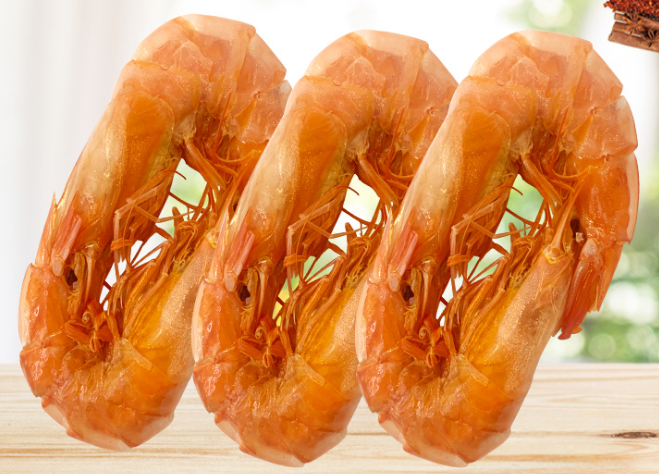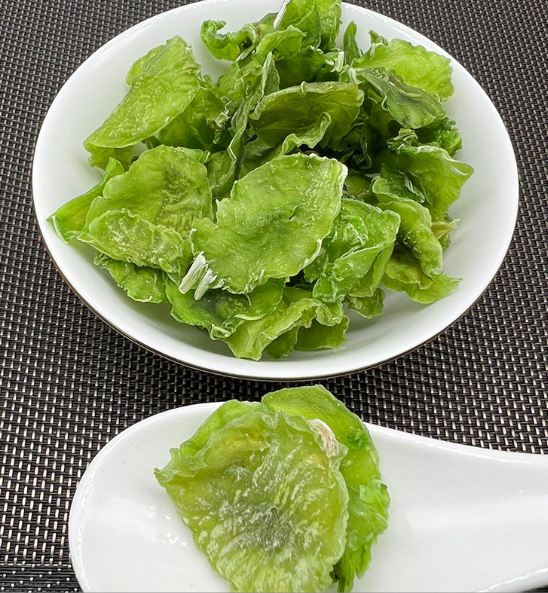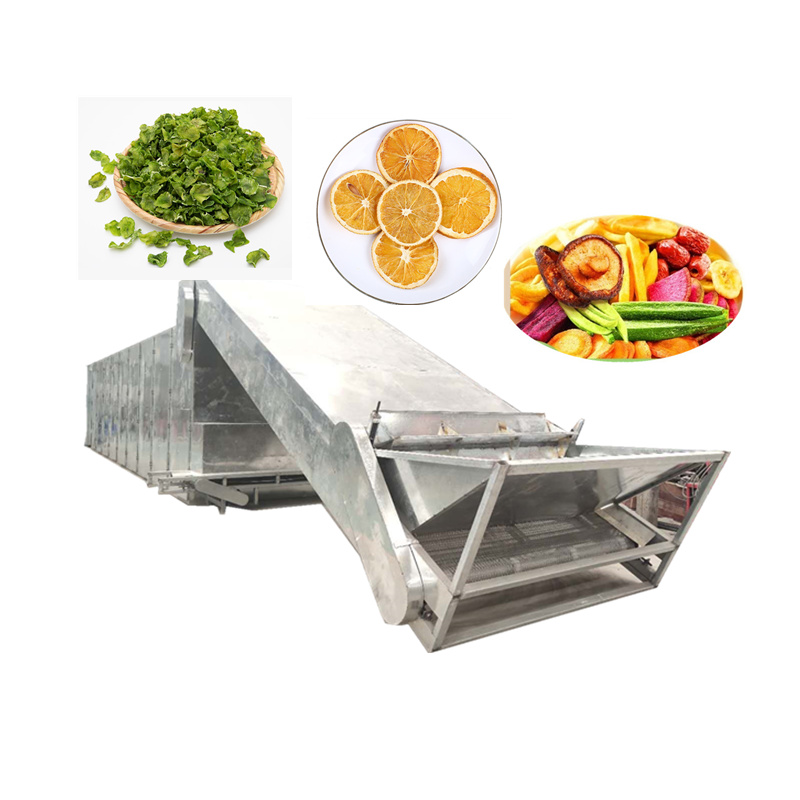Table of Contents
Advantages of Using a vegetable drying oven for Food Preservation
A good vegetable drying oven can be a valuable asset for food preservation, offering numerous advantages that make it a preferred choice for many individuals and businesses. Vegetable drying ovens are designed to remove moisture from vegetables, thereby extending their shelf life and preserving their nutritional content. By harnessing the power of heat and airflow, these ovens effectively dehydrate vegetables, creating a lightweight and space-efficient food storage solution. In this article, we will explore the advantages of using a vegetable drying oven for food preservation. First and foremost, one of the primary benefits of a vegetable drying oven is its ability to prolong the shelf life of vegetables. By removing moisture from vegetables, the drying process inhibits the growth of bacteria, yeast, and mold, which are responsible for causing food spoilage. As a result, dried vegetables can be stored for much longer periods compared to their fresh counterparts, reducing the risk of food waste and ensuring a stable food supply.
First and foremost, one of the primary benefits of a vegetable drying oven is its ability to prolong the shelf life of vegetables. By removing moisture from vegetables, the drying process inhibits the growth of bacteria, yeast, and mold, which are responsible for causing food spoilage. As a result, dried vegetables can be stored for much longer periods compared to their fresh counterparts, reducing the risk of food waste and ensuring a stable food supply.
 Additionally, vegetable drying ovens offer convenience and flexibility in food preservation. Unlike other methods such as canning or freezing, drying vegetables does not require specialized equipment or extensive preparation. With a vegetable drying oven, you can simply wash, slice, and arrange the vegetables on the drying trays, set the temperature and timer, and let the oven do the rest. This simplicity makes vegetable drying ovens suitable for home use as well as commercial food processing operations.
Furthermore, drying vegetables preserves their nutritional value and flavor. Unlike other preservation methods that may result in nutrient loss or flavor degradation, drying vegetables allows them to retain most of their vitamins, minerals, and antioxidants. This means that dried vegetables can still contribute to a healthy diet and provide essential nutrients even after the drying process. Additionally, the concentrated flavors of dried vegetables can enhance the taste of dishes, adding depth and complexity to various recipes.
Another advantage of using a vegetable drying oven is its energy efficiency. Compared to other methods of food preservation such as canning or freezing, drying vegetables requires less energy input, making it a cost-effective option in the long run. Additionally, many modern vegetable drying ovens are equipped with energy-saving features such as programmable timers and temperature controls, allowing users to optimize energy consumption and reduce operating costs.
Moreover, vegetable drying ovens offer versatility in food preservation. In addition to drying vegetables, these ovens can also be used to dry fruits, herbs, and even meat. This versatility allows users to preserve a wide range of foods using a single piece of equipment, making vegetable drying ovens a valuable investment for households, restaurants, and food manufacturing facilities.
In conclusion, the advantages of using a vegetable drying oven for food preservation are numerous and significant. From extending the shelf life of vegetables to preserving their nutritional value and flavor, vegetable drying ovens offer a convenient, cost-effective, and versatile solution for food preservation needs. Whether you are looking to reduce food waste at home or streamline food processing operations in a commercial setting, a good vegetable drying oven can be an invaluable tool in your arsenal.
Additionally, vegetable drying ovens offer convenience and flexibility in food preservation. Unlike other methods such as canning or freezing, drying vegetables does not require specialized equipment or extensive preparation. With a vegetable drying oven, you can simply wash, slice, and arrange the vegetables on the drying trays, set the temperature and timer, and let the oven do the rest. This simplicity makes vegetable drying ovens suitable for home use as well as commercial food processing operations.
Furthermore, drying vegetables preserves their nutritional value and flavor. Unlike other preservation methods that may result in nutrient loss or flavor degradation, drying vegetables allows them to retain most of their vitamins, minerals, and antioxidants. This means that dried vegetables can still contribute to a healthy diet and provide essential nutrients even after the drying process. Additionally, the concentrated flavors of dried vegetables can enhance the taste of dishes, adding depth and complexity to various recipes.
Another advantage of using a vegetable drying oven is its energy efficiency. Compared to other methods of food preservation such as canning or freezing, drying vegetables requires less energy input, making it a cost-effective option in the long run. Additionally, many modern vegetable drying ovens are equipped with energy-saving features such as programmable timers and temperature controls, allowing users to optimize energy consumption and reduce operating costs.
Moreover, vegetable drying ovens offer versatility in food preservation. In addition to drying vegetables, these ovens can also be used to dry fruits, herbs, and even meat. This versatility allows users to preserve a wide range of foods using a single piece of equipment, making vegetable drying ovens a valuable investment for households, restaurants, and food manufacturing facilities.
In conclusion, the advantages of using a vegetable drying oven for food preservation are numerous and significant. From extending the shelf life of vegetables to preserving their nutritional value and flavor, vegetable drying ovens offer a convenient, cost-effective, and versatile solution for food preservation needs. Whether you are looking to reduce food waste at home or streamline food processing operations in a commercial setting, a good vegetable drying oven can be an invaluable tool in your arsenal.Tips for Choosing the Best Vegetable Drying Oven for Your Needs
When it comes to preserving vegetables, a good vegetable drying oven can make all the difference. Whether you’re a home gardener looking to store your harvest or a commercial producer seeking to extend shelf life, choosing the right drying oven is essential. With a plethora of options available on the market, selecting the best one for your needs can be a daunting task. However, by considering a few key factors, you can ensure that you invest in a vegetable drying oven that meets your requirements. First and foremost, it’s crucial to assess your drying capacity needs. Consider the volume of vegetables you plan to dry on a regular basis, as well as any potential future growth in production. Opting for a drying oven with ample capacity will prevent the need for frequent batch processing and ensure efficiency in your drying operations. Another essential aspect to consider is the drying method employed by the oven. Convection, conduction, and infrared are common methods used in vegetable drying ovens. Convection drying, which utilizes hot air circulation, is suitable for most vegetables and offers relatively fast drying times. Conduction drying, on the other hand, involves direct contact between the vegetables and the drying surface, making it ideal for certain delicate vegetables. Infrared drying uses radiant heat to remove moisture from the vegetables and is often preferred for its energy efficiency and precise temperature control.
Temperature and humidity control are also critical factors to consider when choosing a vegetable drying oven. Different vegetables require specific temperature and humidity conditions for optimal drying. Look for an oven that allows you to adjust these parameters easily and accurately to achieve the desired drying results. Additionally, consider whether the oven offers uniform airflow and heat distribution to ensure consistent drying across all trays or shelves.
Durability and reliability are non-negotiable when it comes to investing in a vegetable drying oven. Look for models constructed from high-quality materials that can withstand the rigors of regular use. Stainless steel interiors, reinforced insulation, and corrosion-resistant components are indicators of a well-built and durable oven that will provide years of dependable service.
Another essential aspect to consider is the drying method employed by the oven. Convection, conduction, and infrared are common methods used in vegetable drying ovens. Convection drying, which utilizes hot air circulation, is suitable for most vegetables and offers relatively fast drying times. Conduction drying, on the other hand, involves direct contact between the vegetables and the drying surface, making it ideal for certain delicate vegetables. Infrared drying uses radiant heat to remove moisture from the vegetables and is often preferred for its energy efficiency and precise temperature control.
Temperature and humidity control are also critical factors to consider when choosing a vegetable drying oven. Different vegetables require specific temperature and humidity conditions for optimal drying. Look for an oven that allows you to adjust these parameters easily and accurately to achieve the desired drying results. Additionally, consider whether the oven offers uniform airflow and heat distribution to ensure consistent drying across all trays or shelves.
Durability and reliability are non-negotiable when it comes to investing in a vegetable drying oven. Look for models constructed from high-quality materials that can withstand the rigors of regular use. Stainless steel interiors, reinforced insulation, and corrosion-resistant components are indicators of a well-built and durable oven that will provide years of dependable service.
 Ease of maintenance and cleaning should also factor into your decision-making process. Choose an oven with removable trays or shelves for easy access to the interior, making it simple to clean between batches. Additionally, look for features such as self-cleaning functions or removable filters that streamline maintenance tasks and prolong the lifespan of your oven.
Ease of maintenance and cleaning should also factor into your decision-making process. Choose an oven with removable trays or shelves for easy access to the interior, making it simple to clean between batches. Additionally, look for features such as self-cleaning functions or removable filters that streamline maintenance tasks and prolong the lifespan of your oven.
